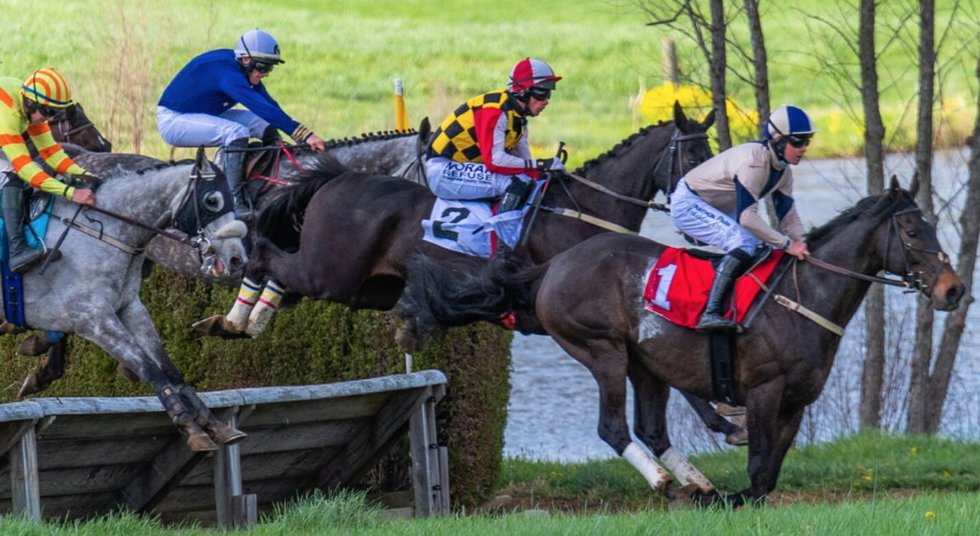How to visit France a la Virginia Living.

Musée d’Orsay Clock
View from inside one of the four giant clocks on the facade of the Musée d’Orsay.
In the April 2012 issue of Virgina Living magazine, Chiles T.A. Larson described a recent, but much anticipated and long-awaited, trip to France, where he and his wife visited Paris, the Loire Valley, and Normandy. If you enjoyed that article, or are planning a trip to France, here is a brief compilation of where to stay, what to see, and how to get around the land of liberté, égalité, et fraternité.
Paris. The “City of Light” certainly has much boast about, but how do you narrow down your list of sites when it seems like every inch of the city overflows with beauty and history? Here’s a (brief) list of must-sees, in no particular order. Cliché, perhaps, but no trip to Paris is complete without seeing:
- The Louvre: home of the Mona Lisa and a multitude of other famous works. Go for a stroll in the Tuilleries too.
- The Eiffel Tower: Pretty self-explanatory. See it at sunrise, sunset, or even lit up at night.
- Notre Dame Cathedral: again, pretty self-explanatory.
- Musée d’Orsay: known for its Impressionist and Post-Impressionist collections featuring names like Monet, Manet, Degas, Renoir, Cezanne, Gauguin, Van Gogh
- The Sorbonne and the Latin Quarter: for the history buff.
- Arc de Triomphe and the Champs-Elysée: for the serious shopper.
- Basilica de Sacre Coeur and Monmartre: Sacre Coeur sits on the highest point in Paris, where you can enjoy spectacular views of the city and the Monmartre neighborhood, which, according to locals, is what Greenwich Village is to New Yorkers.
- The Seine River: hop on a boat tour and see all the famous bridges like the Pont Neuf, or enjoy a picnic lunch along the banks of this famous river.
Where to stay:
There are a number of hotel options in Paris, so when looking, narrow it down by where you want to stay. Paris is organized into 20 arrondissements, or neighborhoods, spiraling clockwise out from the center. If you stay anywhere from the 1st to the 7th arrondissement, you’ll be close to most of the attractions. Larson and his wife stayed at the Hotel Edward VII, spelled Edouard in French, along the Avenue de l’Opéra: Edouard7Hotel.com
How to get around: As with most major cities, Paris has extensive public transportation (bus, taxi, Métro, your choice), all of which go to Charles de Gaulle International Airport. For site-seeing, though, the best way to see Paris is on foot, so you can soak in the city. If you want a hassle-free stay, we do not recommend renting a car, unless you plan to travel elsewhere throughout France. En.ParisInfo.com
Just like there is more to New York than New York City, there is more to France than Paris. The Larson’s also visited the Loire Valley and Normandy. You can rent a car or travel by train to both regions.
Loire Valley: Located southwest of Paris, this beautiful area of France is home to several impressive chateaux as well as Chartres Cathedral. Built between 1139 and 1250, Chartres is listed by UNESCO as a World Heritage site and is considered one of the finest examples of French High Gothic architecture. As for chateaux, you have your choice of over 300 from the Loire Valley to the Atlantic Coast. The Larson’s visited Chenonceau, which features a beautiful arching gallery that spans the River Cher like a bridge, and the formal gardens of Villany.
If you’re not as keen on touring old buildings, though, the Loire Valley is also famous as a wine-growing region. Many of the chateaux have vineyards and make their own wine, many of which are not exported, such as the Chinon wines the Larson’s tasted at the Chateau de Chinon (which also happens to be where Joan of Arc came in 1492 to persuade Charles VII to fight for his kingdom). Rent a car, or a bike, and pop in to a few vineyards for a tasting, or join one of the many tours through the region. LoireValleyWine.com
Normandy: Normandy is located in the north of France, along the English Channel; you can even see England from the coast. It is where William the Conqueror set sail in 1066 to invade England. At the Musée de la Tapisserie de Bayeux, the 230 foot long Bayeux Tapestry depicting the event is displayed. The beaches of Normandy are also where American and British troops landed on D-Day, June 6, 1944, marking the beginning of the end of WWII. The American cemetery is located at Colleville.
The Larson’s stayed in the little village of Lisieux, which, at the center of Normandy, is the perfect location for day trips throughout the region.








